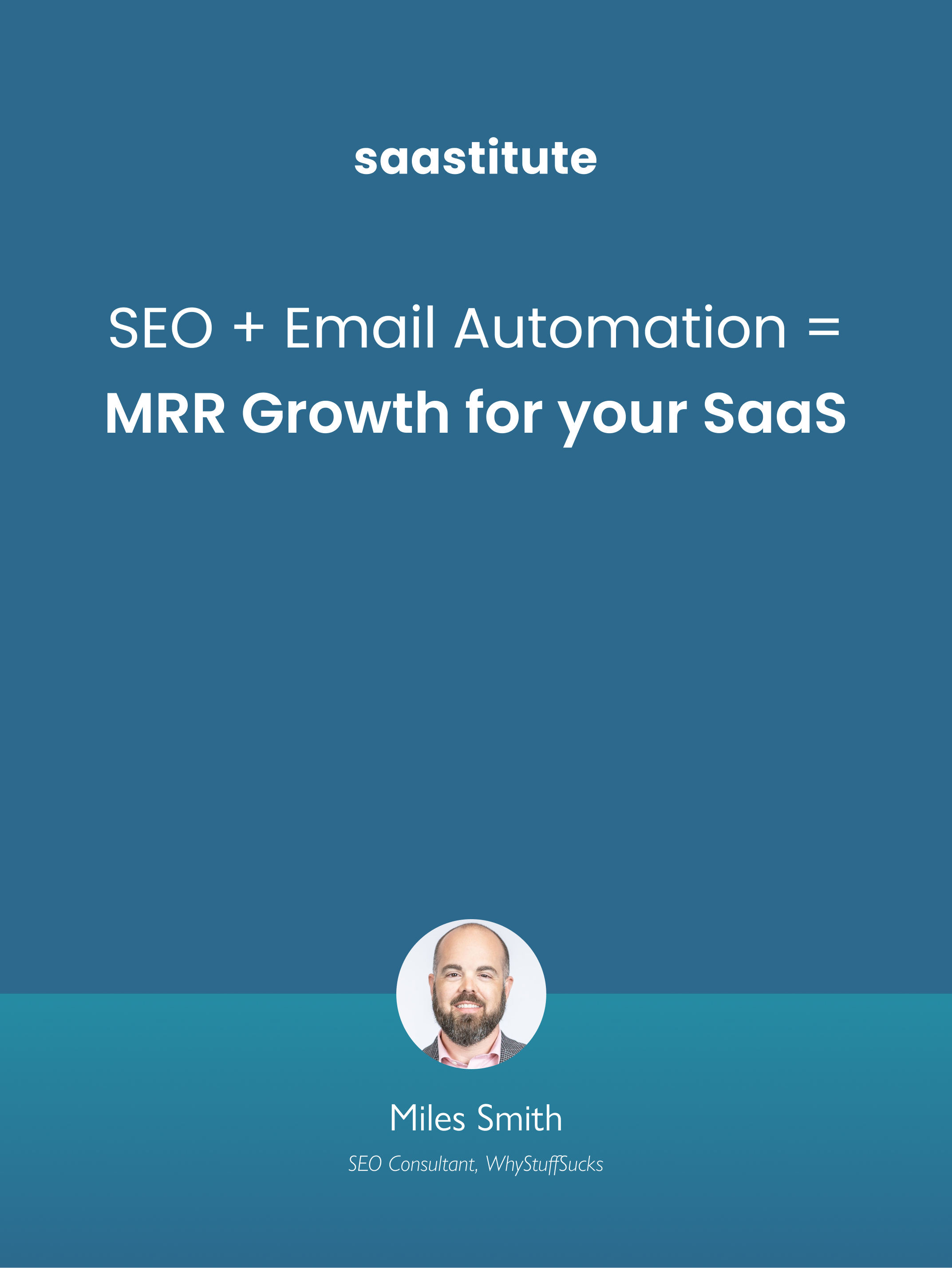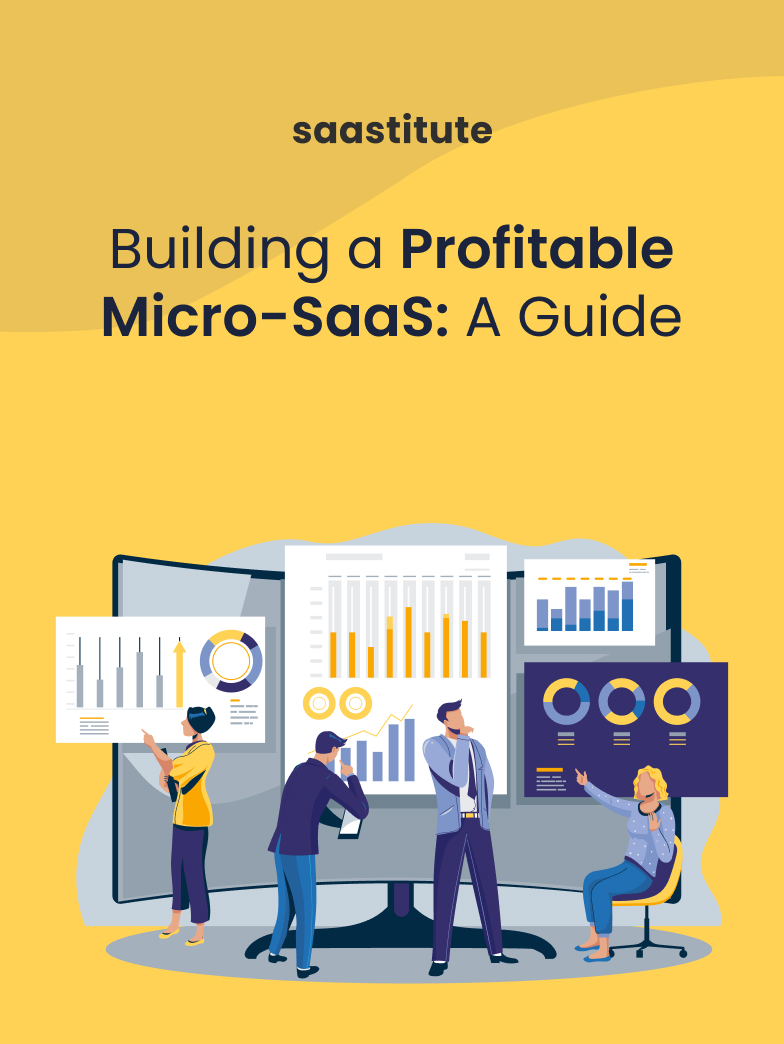How To Understand Branding in a SaaS Product: A Designer’s Perspective
Branding should follow through marketing, social media, design and even reflect in the email sign-off of each of the team members. Discover how human emotions drive branding and how you should approach it.

It should not surprise anyone that good design will help you convert visitors into users. We live in a visual world, with the art and design industry getting larger and more important. Being visually appealing is something that nature has programmed into us. Making your website and product respond to that instinct will serve us more than we know.
Can design influence your choice?
This happened to me so I write about it. I was reading an article on Mailchimp’s animations for their campaigns. They had created success animations at the end of a user's Facebook Ad Campaign launch. Their mascot was giving high-fives and it was endearing (to say that least). I had one look at it and I wanted more. Even though I am a fictional storytelling blogger, I signed up. Now, I use Mailchimp to send out new chapters to my email list (that includes me, my mom, my best friend and my other 2 accounts. Don’t laugh.
Asking around the office, I found that interesting and good designs were influential in creating a brand. I’ve seen many designs like that myself but why does it matter? What does a simple animation or even a certain design element have to do with visitors and branding?
Here’s something about design that most people already know but I would like to reiterate. “The design speaks a lot more than it lets on”. Take the design element of colours for example. A monochrome website and a colourful one would create different brand voices. 50% of consumers from a study believe that website design is crucial to the business’s brand. For example, Basecamp’s organic lines sprinkled throughout their serious website speaks volumes. Their creators and their users don’t mind a little bit of fun from time to time. Since Basecamp is a team management software, any manager or HR personnel would like that “fun”. Fun that Basecamp very quietly seems to promise. Hook, line and sinker, Basecamp has a new user.
Does your design speak?
The design has everything and more to do with branding. Historically, branding refers to logos, letterheads, visiting cards (if people still do that) and so much more. But the terminology is changing. Branding refers to the idea you are trying to communicate to the audience. Talking in Gen Z terms, branding is all about the vibe. This vibe is expressed, often through design, in physical and digital spaces. Over a website, a newsletter and a few social media posts, the branding should be consistent. How would you communicate an idea to your customer about who and what you are without even using a word?
In interpersonal communication a popular study theories that 55% of a person’s perception is through our presentation. Our body language, the way we sit, talk, walk, etc, plays an important role in understanding our words . Now take that psychological understanding and look at how your user would react to, for example, the loading screen of your product. How does your loading screen look? Do you even have a loading screen? Is it a standard “off the shelf” loading GIF? Is it following the voice of the brand?
Communicating your brand and brand voice in such a nuanced space is magical for a user. As a user, I can only think that the team is thoughtful and the product of such a team is going to be reliable. Branding need not be communicated periodically but should be weaving a whole story.
In film, movie and videography, there’s a term called “subtext”. It refers to an underlying and distinct theme being portrayed. The director would add subtext like a set (a background) to display a character’s personality. Subtext is present in every frame, shot and second of a 90-minute movie. It is often treated as a way to present implicit information. Branding is the product parallel of subtext. When we bring subtext into the branding and design world, it manifests itself as colours, lines, shapes, fonts, illustrations, photography and so much more. If your product is the movie, and you’re the director, and your team the set designers - how would you convey the personality of your product?
The Place Where Branding, Design, and Product Meet
Branding is an important part of the creation of a product. Branding of your product should follow through marketing, social media, design and even span into the email sign-off of each of the team members. Branding is also the most human-centred aspect of business development. Your brand is going to reach your consumer and I’m 99.9% sure that your consumer is human. So, its best if human emotions drive branding. Computers don’t understand fun, sophistication or excitement. Humans do.
Your aim when you step into another brand meeting should be “How do I bring humanity into my product?” Use adjectives and run the thesaurus dry. Your team is more likely to understand those emotions and communicate them better. Design plays a crucial role in communicating the brand. A visitor is going to experience the brand first, and then the product. Having your visual branding on the point will always be 50% of the reason for a visitor. Do it right, and it could be 100% for a user.














.svg)


